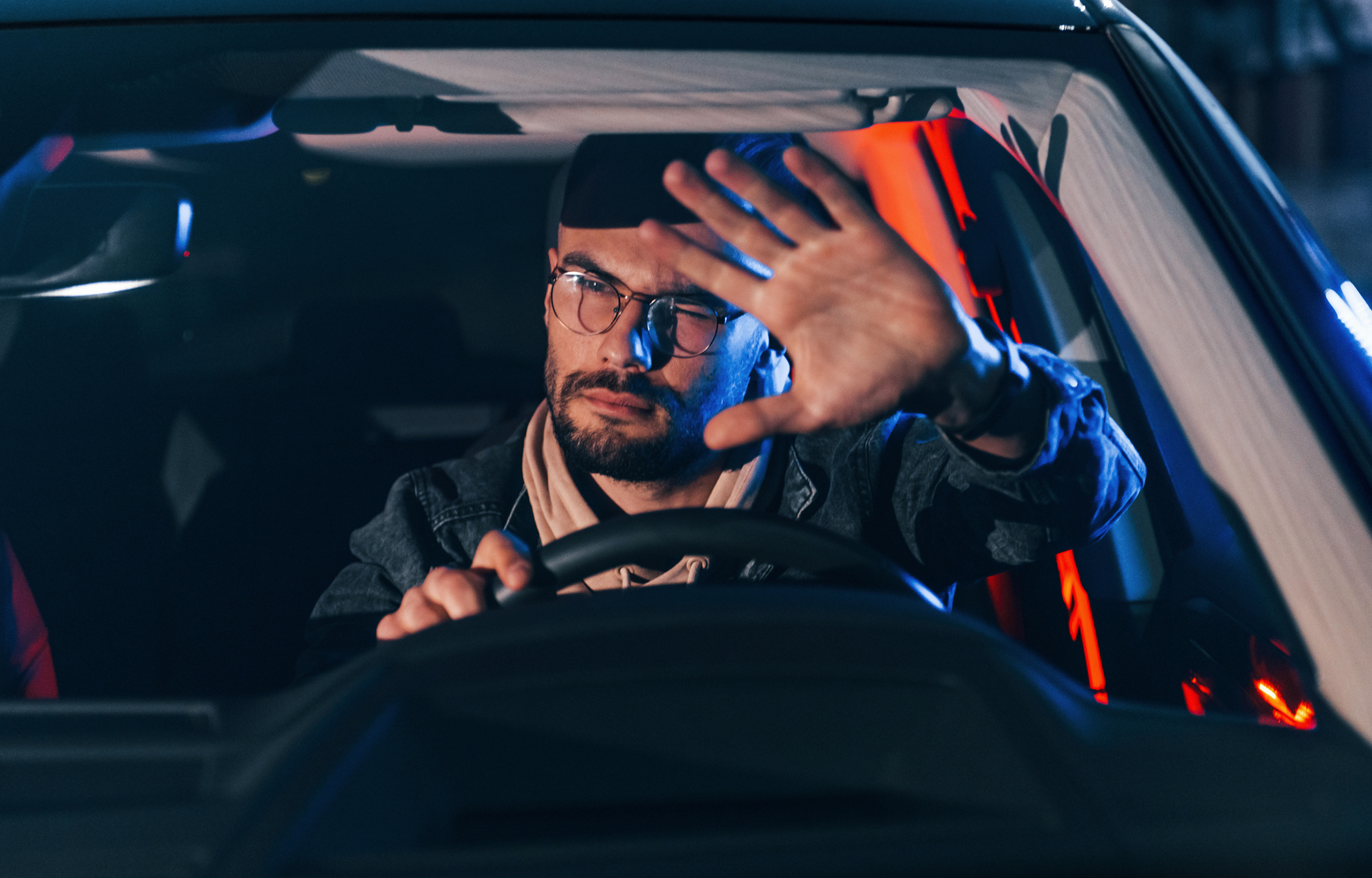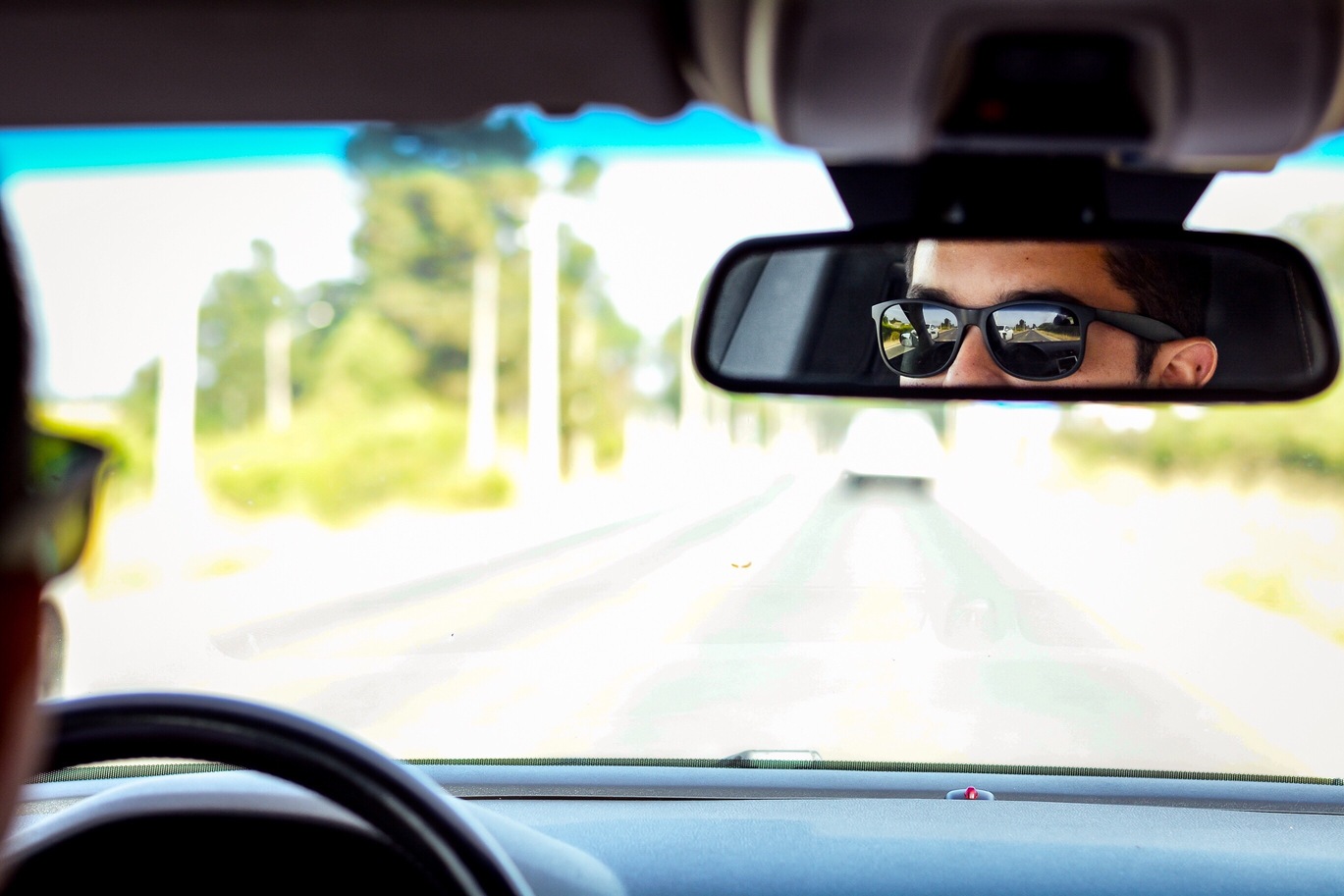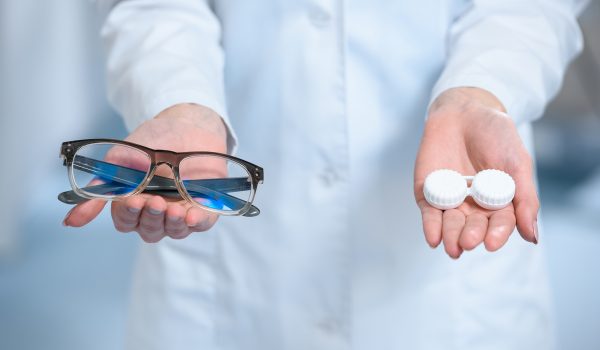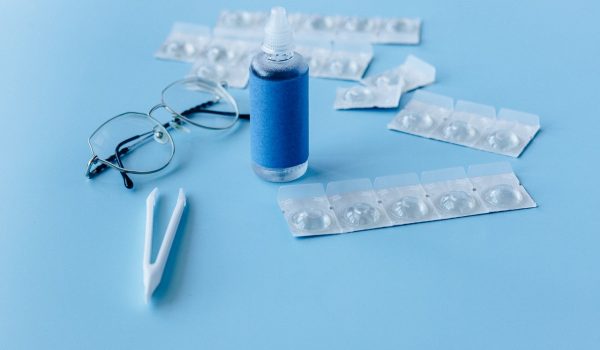When Can You Drive After Laser Eye Surgery?
Laser eye surgery has revolutionised the way we approach vision correction, offering a potential escape from the constraints of glasses or contact lenses. However, it’s essential to understand the recovery process and what to expect after laser eye surgery, particularly concerning activities like driving. This article serves as a comprehensive guide to when you can safely get behind the wheel after undergoing laser eye procedures.
What to Expect After Laser Eye Surgery?
Understanding the Healing Process
After laser eye surgery, your eyes will begin a healing process that varies from person to person. Generally, the recovery time following LASIK is shorter than that of LASEK, as LASIK involves creating a flap in the cornea, while LASEK works by lifting the epithelial layer. During the initial days, you may experience blurry vision, discomfort, or a sensation similar to having something in your eye. Understanding that these effects are part of the healing process is crucial. The first 24 hours are particularly critical, as your eyes are still adjusting to the new correction. Following your treatment, it’s vital to adhere to your surgeon’s aftercare instructions to ensure a smooth recovery period.
Common Effects After Laser Eye Surgery
Many patients report experiencing various common effects after laser eye surgery. These can include temporary blurry vision, halos around lights, and glare, especially in low-light conditions. These symptoms are generally mild and tend to resolve as the healing progresses. Some individuals may feel the need for eye drops to alleviate dryness or discomfort; these should be used as directed by your eye surgeon. It is essential to remain patient during this period, as the healing time can vary based on the type of laser eye surgery performed and your individual eye health.
Eye Drops and Aftercare Instructions
Proper aftercare is vital for a successful recovery following laser eye surgery. Your surgeon will provide you with eye drops to help manage dryness and promote healing. It’s crucial to keep your eyes adequately lubricated, as this will aid in the healing process. Additionally, you will receive a comprehensive set of aftercare instructions, which may include avoiding rubbing your eyes, steering clear of dusty environments, and refraining from swimming for a specified period. Following these guidelines will significantly affect your ability to drive and engage in other activities post-surgery.
When Can You Drive After LASIK or LASEK?
Recovery Time for LASIK vs. LASEK
The recovery time for LASIK is typically much quicker than for LASEK. Most patients who undergo LASIK can resume driving within 24 to 48 hours following their procedure. In contrast, those who have LASEK may need a longer recovery period, often taking several days before they can safely drive. Understanding these differences is essential, as they will influence your planning and daily activities following laser eye surgery.
Consultation with Your Surgeon
Before resuming driving, it is crucial to have a consultation with your surgeon. During this appointment, your surgeon will assess your healing progress and determine if you are ready to drive. They will discuss your specific recovery timeline and address any concerns you may have. This consultation is vital for ensuring that your vision is stable and that you are not only safe behind the wheel but also comfortable with your visual acuity.
Signs You Are Ready to Drive
Knowing when you are ready to drive again after laser eye surgery involves recognising specific signs. You should feel comfortable with your vision and be able to see clearly without any significant glare or halos. If you can read a license plate from a distance and feel confident navigating your surroundings, you may be ready to get behind the wheel. However, always err on the side of caution. If you experience any uncertainty, it’s best to consult your eye surgeon before driving.
Can You Drive at Night After Laser Eye Surgery?

Effects of Laser Eye Surgery on Night Vision
Many patients are concerned about their ability to drive at night after laser eye surgery. While most individuals find that their night vision improves significantly after surgery, some may experience temporary issues such as glare or halos around headlights. These effects can be particularly pronounced in the first few weeks following surgery and may affect your comfort level when driving at night after laser eye surgery.
Managing Glare and Halos
To manage glare and halos, it’s essential to follow your surgeon’s recommendations and use prescribed eye drops as needed. Many patients find that their vision stabilises and these symptoms diminish over time. However, if you continue to experience these effects, discuss them with your surgeon during follow-up appointments. They can provide guidance and tips to help you adapt to night driving post-surgery.
Tips for Driving at Night Post-Surgery
When it comes to driving at night after laser eye surgery, there are several tips that can enhance your experience. First, ensure that your vehicle’s headlights are clean and functioning properly, as this can help reduce glare. Additionally, avoid looking directly at oncoming headlights; instead, focus on the road ahead. If you feel uncomfortable driving at night, consider waiting until your vision has stabilised or ask a friend or family member to take you home. Your eye health should always be a priority.
What is the Guide to Laser Eye Surgery?
Types of Laser Eye Surgery Explained
Laser eye surgery encompasses various types of procedures, including LASIK and LASEK, which are designed to correct vision problems such as myopia, hyperopia, and astigmatism. LASIK involves creating a flap in the cornea and using a laser to reshape the underlying tissue. In contrast, LASEK involves removing the epithelial layer and using a laser to correct vision. Understanding the differences in these types of laser eye surgeries is essential for making an informed decision based on your specific eye health needs.
Choosing Between LASIK and LASEK, Relax Smile and Presbyond
Choosing between LASIK and LASEK, or considering options like Relax Smile and Presbyond, can be an empowering decision for your vision. You’ll want to consult with an ophthalmologist who can guide you through everything you need to know about refractive surgery. It’s essential to have a comprehensive eye test to determine which procedure suits your needs. On the day of surgery, an anaesthetic will ensure your comfort as you embark on this life-changing journey. After the surgery procedure, you may be prescribed eye drops to aid your recovery.
Understanding visual recovery is crucial. Depending on the type of surgery, your first follow-up appointment will help assess your progress. Remember, after your eye surgery, you may not be able to drive immediately. It’s important to know about driving after laser eye surgery, as your eyes may need time to heal. To ensure a smooth transition back to your daily activities, including exercise after laser eye surgery, stay informed and engaged. You can even book your free consultation at an eye clinic to start your journey towards a life free from glasses and contact lenses.
Free Consultation with Your Surgeon
Booking a free consultation with your eye surgeon is the first step towards exploring laser eye surgery. During this appointment, you can ask questions, discuss your concerns, and get a comprehensive guide to laser eye surgery. This initial meeting is crucial for understanding the recovery process, potential outcomes, and what to expect after laser eye surgery, including when you can safely resume driving.
What Are the Limitations on Driving After Eye Surgery?
Understanding Your License After Laser Eye Surgery
After undergoing laser eye surgery, it’s essential to understand any limitations regarding your driving license. While most patients can return to driving shortly after surgery, it’s important to confirm that your vision meets the legal requirements for driving in your area. Your eye surgeon can provide documentation of your vision correction, which may be necessary for your driving license.
Potential Complications That Affect Driving
While laser eye surgery is generally safe, there are potential complications that can affect your ability to drive. Issues such as persistent glare, halos, or fluctuating vision can make driving challenging. It’s vital to keep communication open with your surgeon and attend all follow-up appointments to monitor your recovery and address any complications that may arise.
Importance of Follow-Up Appointments
Follow-up appointments are essential in the recovery process after laser eye surgery. These visits allow your eye surgeon to evaluate your healing and ensure that your vision is stable enough for driving. Your surgeon will assess your progress, discuss any ongoing symptoms, and determine when it is safe for you to resume driving. Staying proactive about your eye health and adhering to your surgeon’s recommendations will contribute to a successful recovery.
Expert Insights
Consulting experienced professionals significantly reduces risks and improves outcomes. Experts like David Anderson and Aris Konstantopoulos provide valuable insights into best practices following laser procedures. Ensuring your driving safety after laser eye surgery involves understanding your obligations, following professional advice, and allowing sufficient recovery time. With the right information and professional guidance, returning to the road post-surgery can be a smooth and straightforward experience.










